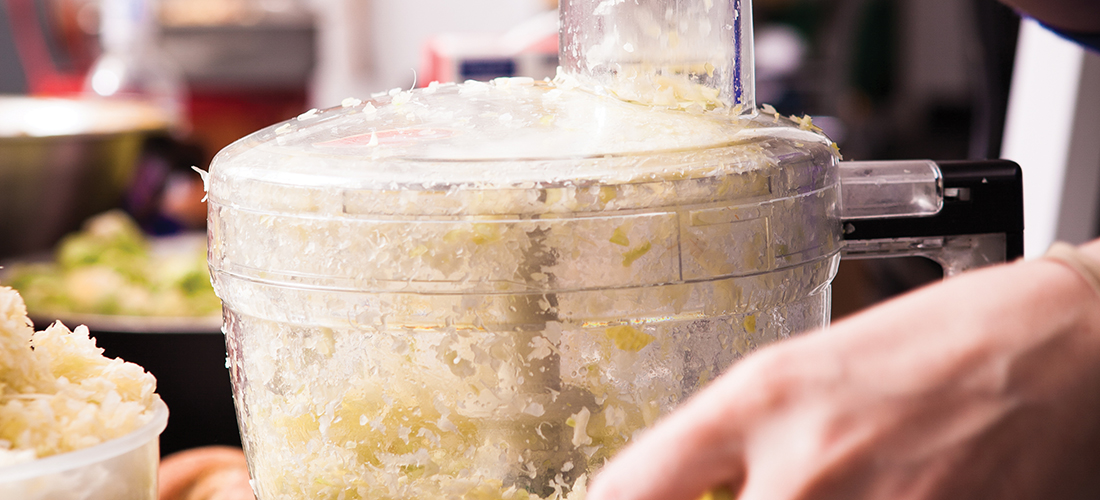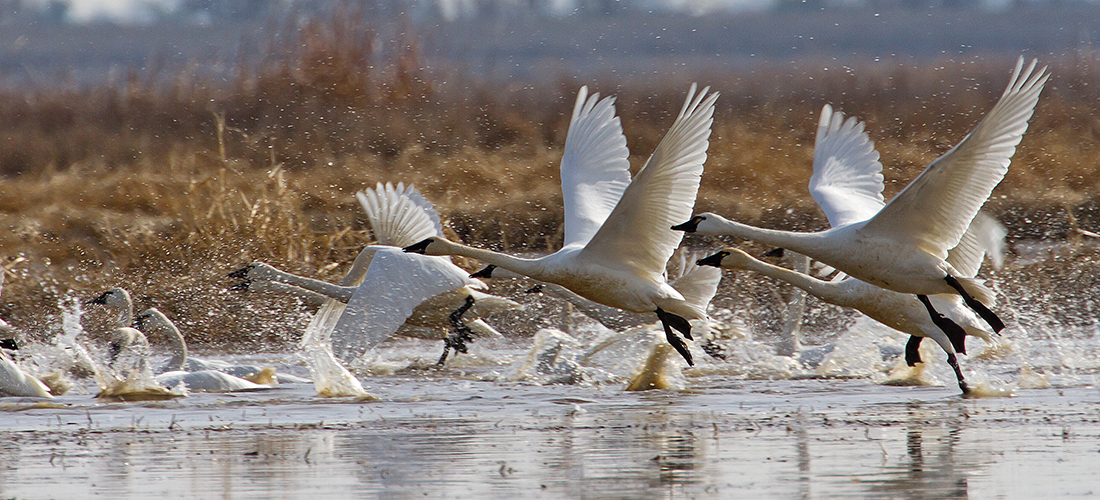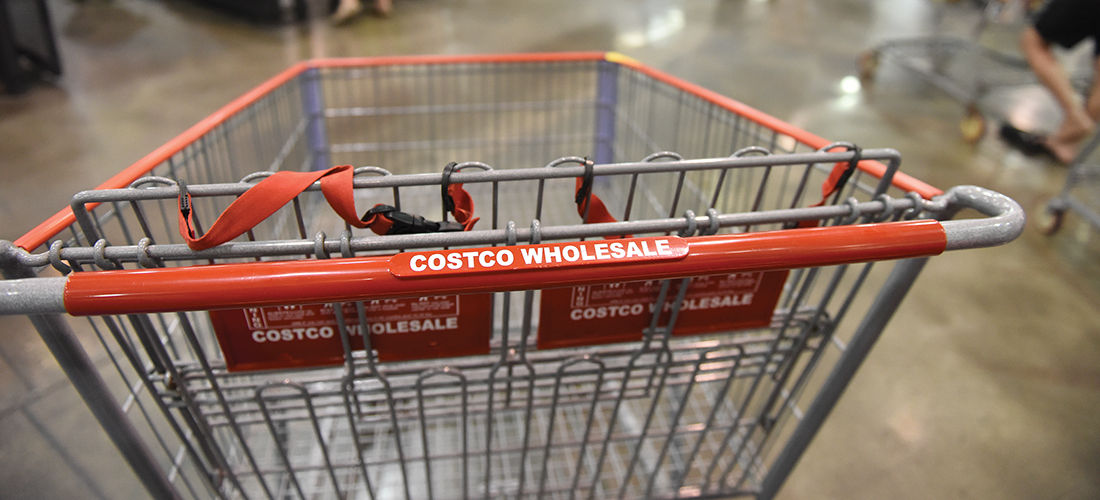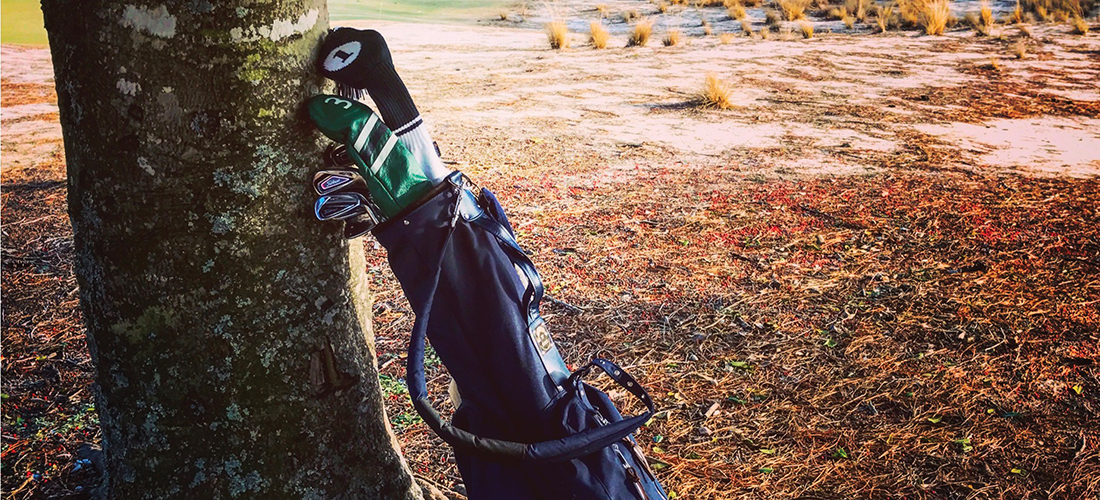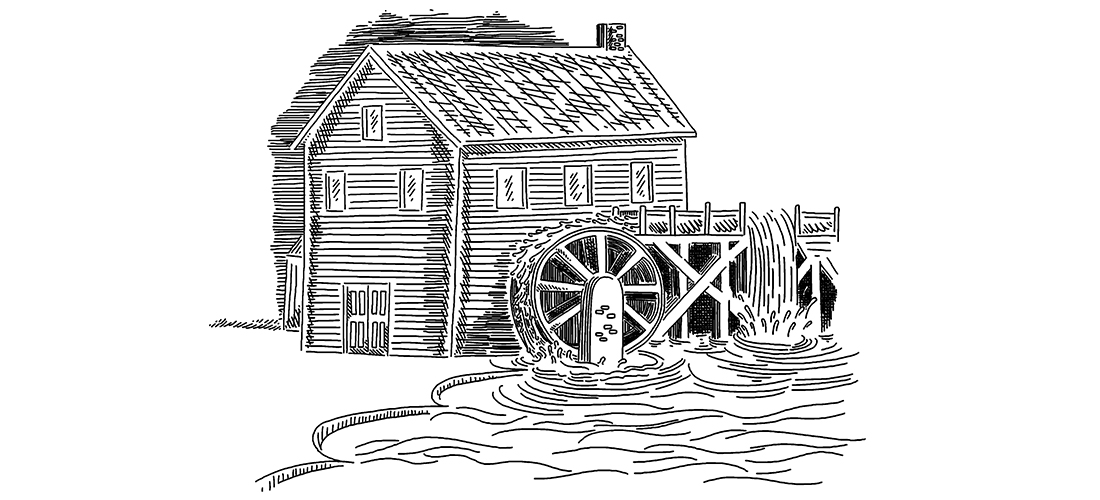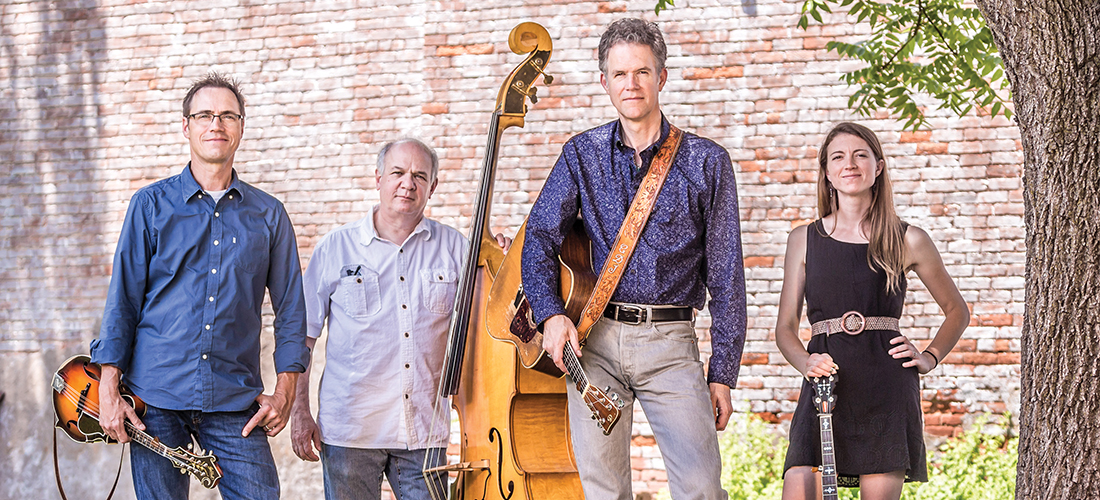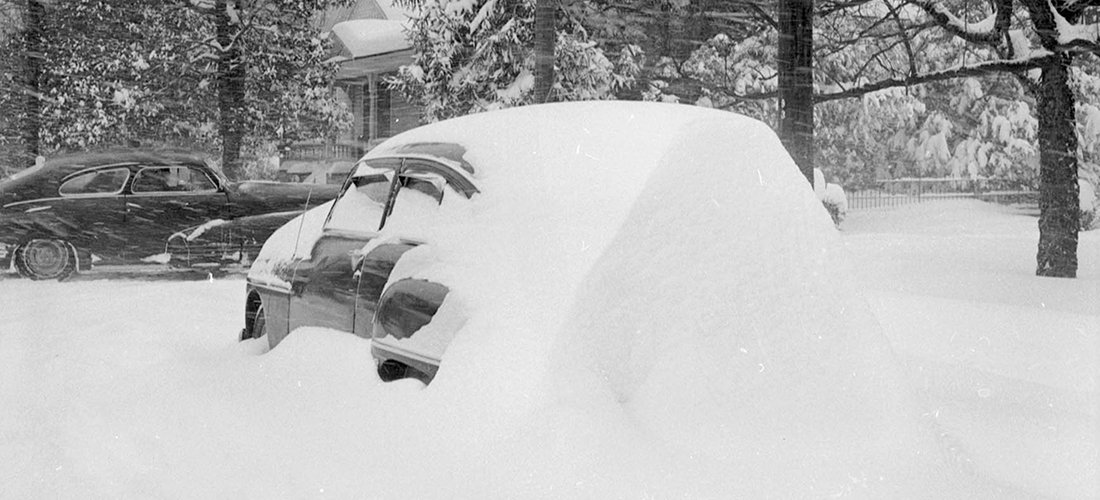And don’t even talk to me about sweet potatoes
By Susan Kelly
My first fast food was pineapple rings served straight from the squatty green Del Monte can alongside Chef Boyardee little pizzas warmed in the toaster oven. This was fast food because my mother was having a dinner party and she needed to feed us fast. I loved that combo of metallic sweet and salty acidic crunch. Today those flavors would have some fancy pants term like “sweet and savory.” My foodie sister-in-law in Raleigh would understand. I don’t even understand her tweets.
Catawba rabbit w vibrant pureed cararots, bl trumpets with earthy cihianti….,,,
Long Johnw blubry+ricotta fr@monutsDonuts is my style; NC sweet potato+horchata are destined for my boys’ bfast
Jennifer, the sister-in-law, is one of those people who just know culinary minutiae: that adding crabmeat to an otherwise ordinary potato soup will be delicious, or that arugula marries well with watermelon. I have never been part of that cognoscenti. I can, however, use words like cognoscenti with confidence. I can also coin cooking words. Nart, for example. Nart is a verb that describes using a food processor, whose etymology stems from the proper noun Cuisinart. Correct usage looks like this: “I narted the rotten bananas for banana bread.”
My family as a whole expends a lot of time and effort — and opinions — on food. When we’re all at the beach together, my sisters take pictures of their lunches. Truly. It’s a competition of plate tastes and appearance. Some three-bean salad at 4 o’clock, crackers with pimento cheese at 5. A half chicken salad sammie, several bread and butter pickles, a wee dab of leftover tomato pie from the night before, ditto the cold shrimp with a light coating of cocktail sauce, some of those suspiciously slick pre-cut knuckle-sized carrots with hummus. “I am so bummed,” one sister will say, studying the other’s plate, because she forgot there was some roasted okra hidden in the far corner of the fridge. When I get home from the beach, the Fig Newtons in the cupboard have gone hard as bullets. I am so bummed.
At 9, my youngest sister said, “When I grow up, I’m going to make enough money to buy nice things.” Like what? I asked, expecting cars, clothes, jewels. “Heinz ketchup instead of Hunt’s,” she said. Talk about your worthy aspirations! While other budding scientists were building weather stations, my nephew’s eighth-grade science project was titled “What Method Works Best?” It featured various old chestnuts about how to chop onions without weeping: holding the onion under water while cutting (I ask you, who manages that feat?), and holding a wad of white bread in your mouth. The winner was simply to don swim goggles, always a fashionable kitchen look. My question is this: Why not just nart the dang onions?
As an adviser for the roundly dreaded college application essay, I was finally rewarded with the perfect prompt one year: What is your favorite comfort food and why? At last, something my students and I could metaphorically sink our teeth into. Why labor over Uncle Jimmy as my Most Respected Person or an Eagle Scout project as my Proudest Achievement when you could write about all the varieties of comfort food? The road trip comfort food of Nabs and a Coke; the getting over the 24-hour throw-ups comfort food of scrambled eggs and grits; the tailgate comfort food of fried chicken; the Christmas morning comfort food of Moravian Sugar Cake; the late night comfort food of cold pizza; the — wait. My pupil has fled. Was it the mention of the throw-ups? Or maybe he divined that leadership qualities can’t really be addressed by writing about barbecue. Well, it’s been said before: College is wasted on the young.
I suppose food can only be written about with authority by famous television cooks. Those celebrity chefs, however, are a fraud, and real cooks know it. Real cooks cuss when the gnocchi clots into one big soggy dumpling. Real cooks shuck, silk and shave a dozen ears of Silver Queen for stewed corn to take to a sick friend and cry when they realize the milk they added had gone bad, just as they realize that they accidentally used a candy thermometer instead of a meat thermometer and it melted inside the pork roast. Real cooks have kitchen shelves that look like mine, where the cookbooks are lined up like an exhibit on domestication, representatives of each era of my marriage and culinary efforts.
Here are the homely (dowdy, matronly) spiral-bound paperback Junior League volumes, the recipes featuring cream of mushroom soup and Velveeta, and titled “Ladies Day Out Stew,” laughable and tender. Then comes the new wave, the Silver Palates, with charming pen-and-ink drawings, when arugula and aioli were a different language altogether. All those good intentions — Try this! I’ve innocently written in the margins — still captive, still somehow alive, in those cookbooks.
But never mind the effort and fuss, here to save us is Martha Stewart’s Quick Cook, proving you can be gourmet and effortless too. Beside Martha are the cookbooks dedicated to a single topic: Pasta Perfect, Soups, Grilling, Desserts. Now, it seems, we’ve returned to the Junior League: fancier hardback versions with enticing, lush color photographs of Kentucky Derby Pickup Supper or Oscar Night Buffet. Still the party menus. Still the names of contributors. And still my hopeful handwritten intentions: Try this! PS
In a former life, Susan Kelly published five novels, won some awards, did some teaching, and made a lot of speeches. These days, she’s freelancing and making up for all that time she spent indoors writing novels.

